Asking ChatGPT general questions works well for basic queries, but I got tired of being left in the dark when I needed something more complex. That’s where ChatGPT’s special tools for image creation, web search, research, and coding are super useful—and I know just when to use them.
Creating an Image
ChatGPT’s ability to create images has come on leaps and bounds since it first launched. Images of humans now look like actual human beings, and the text in them is legible, especially compared to the sludge of yesteryear.
1. When I Want to Make Graphs and Diagrams
ChatGPT’s image generation tools are pretty good at making graphs and diagrams. I use this feature when I need something mapped out, and outlining within the chat isn’t enough. Moreover, it’s a great feature when I’m planning timelines.
I use ChatGPT to create a wide range of diagrams and graphs. From personal experience, I think it’s equally as competent with Venn diagrams, bar charts, and pie charts. I aim to keep instructions simple so I don’t overwhelm the tool, which is one of the best AI prompting tips and tricks.
2. To Visualize My Goals and Ideas
I have lots of abstract ideas and goals I want to achieve, and sometimes, it’s hard to understand what they’ll look like. With ChatGPT’s image generation, I’ll occasionally ask it to visualize what my goals and ideas could look like.
Generating images normally takes a few minutes, but I can easily access them in my library whenever I need to. Since GPT-4o is much more photorealistic than the early days of DALL-E, I have a better understanding of what my life would look like if I made it a reality.
Visualizing my goals and ideas in ChatGPT is one of the best ways I use tech for goal manifestation.
3. When I Want to Create Prototypes
I’m passionate about photography and web design; while much of my creativity comes from my mind, I like to occasionally see how the finished product might look. Besides scanning Pinterest and saving ideas to my boards, not relying on others’ existing ideas—and using AI—has helped.
When I want to make prototype pictures and visuals, I’ll use ChatGPT’s Image Generation. I don’t need the writing and whatnot to be top-tier; I just need the outline to make at least some sense. Once I’ve done so, I can decide whether to move forward with the final piece.
Searching the Web
ChatGPT’s special tools are excellent at searching the web and finding useful information. In some cases, I actually think ChatGPT Search is better than Google. While I don’t believe it’ll fully replace traditional search, it excels at doing a select few things exceptionally well.
1. Statistics
I used to hate searching for statistics through Google. Most of the time, I’d find articles with light SEO tweaks for the current year (but still including statistics from 2017 in 2022). Since using AI tools, such as ChatGPT search, finding accurate stats has become much more straightforward.
Besides simplifying how I source statistics, I also use ChatGPT search because it makes them easily digestible. I don’t need to worry about reading multiple articles and bringing everything together; the tool does this for me.
If I really want to view statistics in more detail or add context, I can then combine ChatGPT with Google or Perplexity to get a clearer picture. ChatGPT itself shows the resources it has cited, making extra research straightforward.
2. To Find Resources
Finding resources, such as books, has often been time-consuming for me when done manually. Thankfully, this has become much easier since I started using ChatGPT’s special tools.
If I want a list of books, academic papers, articles, or videos, I’ll ask ChatGPT’s search feature to find a list. Once I have done that, I can then review everything and delve into more detail on what I think will be useful.
ChatGPT provides the sites it used to find these resources. For books, I sometimes need to manually search for the title myself if I want to buy it. This isn’t a huge issue, however. For academic papers, I often need to click through directly from ChatGPT.
Writing or Coding
ChatGPT has plenty of uses in programming, including the ability to generate code via its special coding tools. It’s also possible to use ChatGPT for writing inspiration and for structuring essays and articles better.
1. Coding to Update a Website
While I have my own websites where I share information, I’m not very good at coding—nor do I like doing it. Since I can’t afford a web developer, I sometimes ask ChatGPT to generate code within a controlled environment.
When I ask ChatGPT to generate code, the tool shows me a preview of what it might look like when it goes live. Based on this information, I can then decide if I wish to make changes. If not, I’ll test it on my website to ensure everything looks good (and is secure!)
2. To Outline Ideas and Get Inspiration
I don’t use ChatGPT to write articles outright, as I often find it’s easier for me to write them myself. ChatGPT makes far too many mistakes to be reliable and often requires heavy editing that takes longer than it would for me to start from scratch. However, ChatGPT is good for outlining ideas and getting inspiration.
If I feel like it’s necessary, I’ll use ChatGPT’s Canvas feature to create comprehensive outlines. Moreover, I may ask the tool to create an article for inspiration; this is particularly helpful when I have writer’s block. If I really wanted to, I could edit within the canvas. The chat, meanwhile, is useful if I want clarity or extra sections added.
Running Deep Research
ChatGPT has an excellent Deep Research tool that hands-down beats every other AI chatbot’s equivalent. I use it for a handful of tasks, and since I’m no longer tied down by strict monthly limits, I continue to experiment.
1. Studying Research Projects
Studying for research projects is one of the best uses I’ve found for Deep Research. The tool provides comprehensive analyses of hard-to-understand topics and presents them in a digestible format. While manual research is still necessary, I get a strong overview and a decent idea of which direction I should take my research.
When presenting information to me, ChatGPT provides sources where necessary. Moreover, it asks me follow-up questions so its responses are more accurate for me.
2. Language Learning
ChatGPT Plus can help with language learning in many ways, and while Deep Research is available with the free version, upgrading has helped me learn new languages much more effectively. I can use Deep Research to get a breakdown of phrases and find useful websites, which is particularly helpful if I’m learning something completely new.
Deep Research is also capable of finding useful stories in the language I’m trying to learn, along with giving exam prep tips and much more.
3. Book Summaries
While I love reading, I also don’t want to buy a book before I know I’ll probably enjoy it. Searching the web for book summaries can be time-consuming, and I prefer not to watch video summaries. ChatGPT’s Deep Research tool, meanwhile, is a fantastic way to summarize books before deciding whether I should purchase.
I ask ChatGPT for a comprehensive summary of the book overall, which helps me determine if I should go further. From that point on, I can then ask for a chapter-by-chapter summary if needed. To make my reading more effective beyond ChatGPT, I also incorporate multiple tech habits to read more books.
ChatGPT’s special tools add context, perform menial tasks with ease, and provide useful starting points for research. They’re also ideal for visualizing goals and creating prototypes. I’ve found multiple ways to use them to my advantage, and you should try them out to see how they work for you.
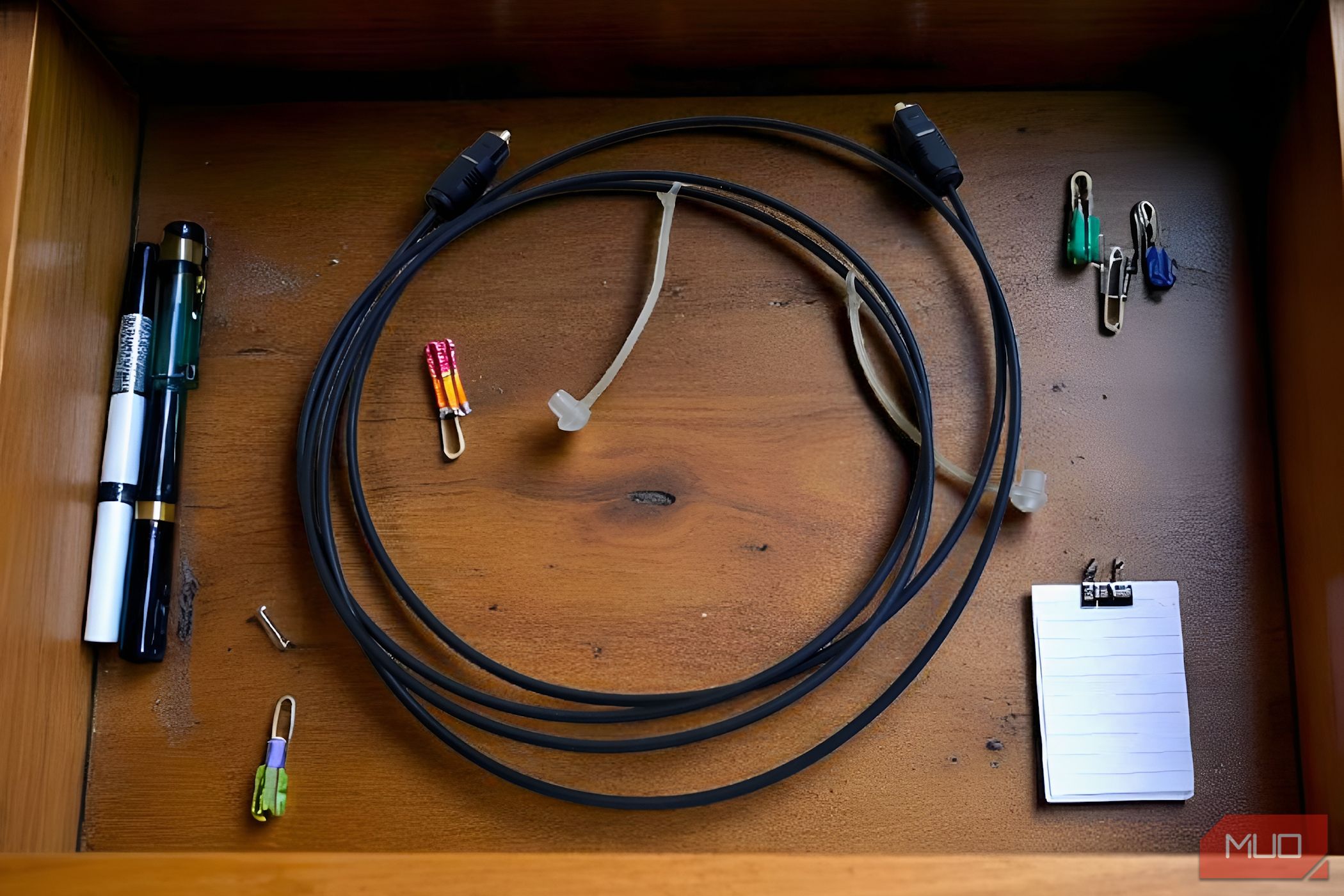
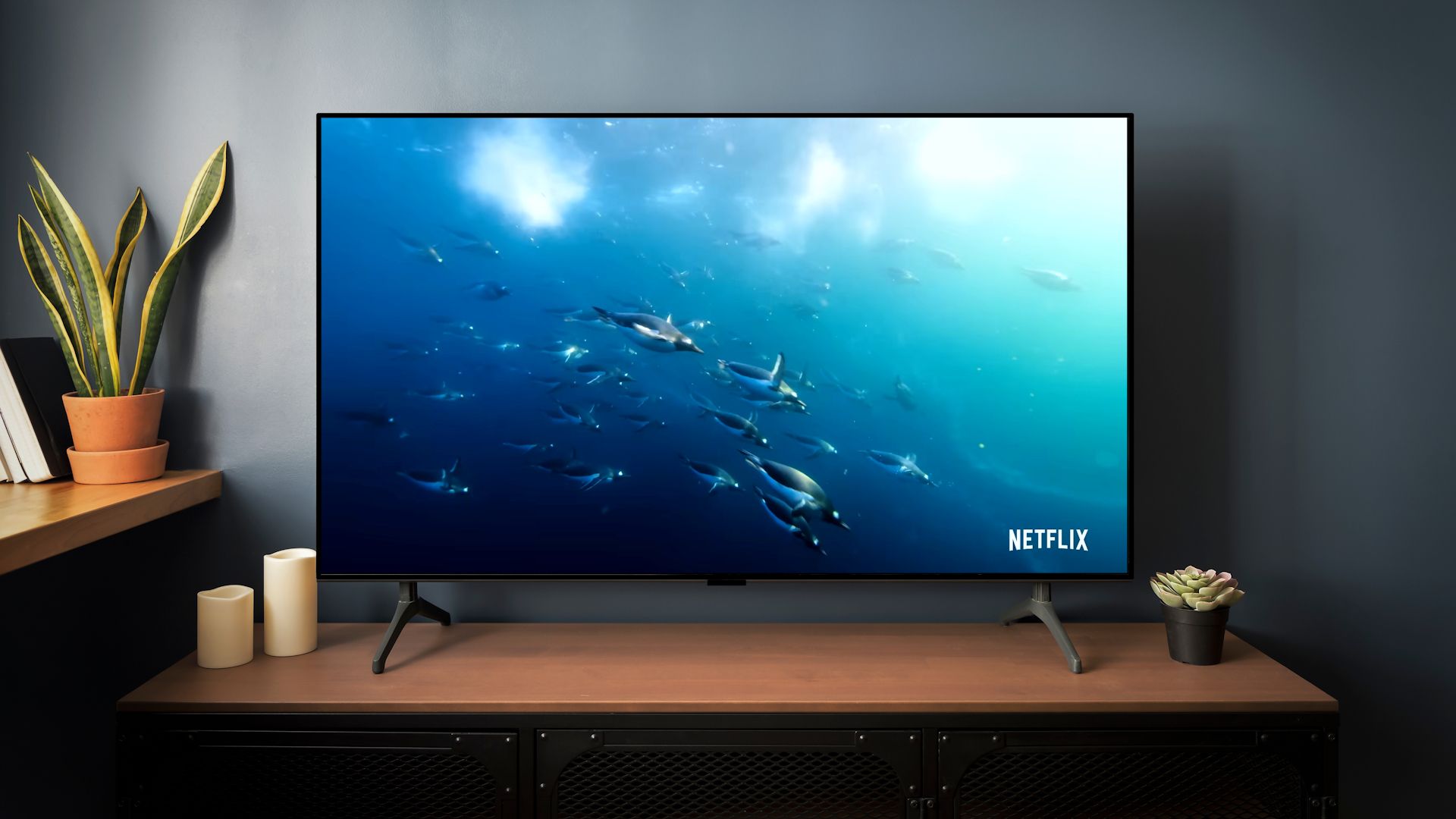
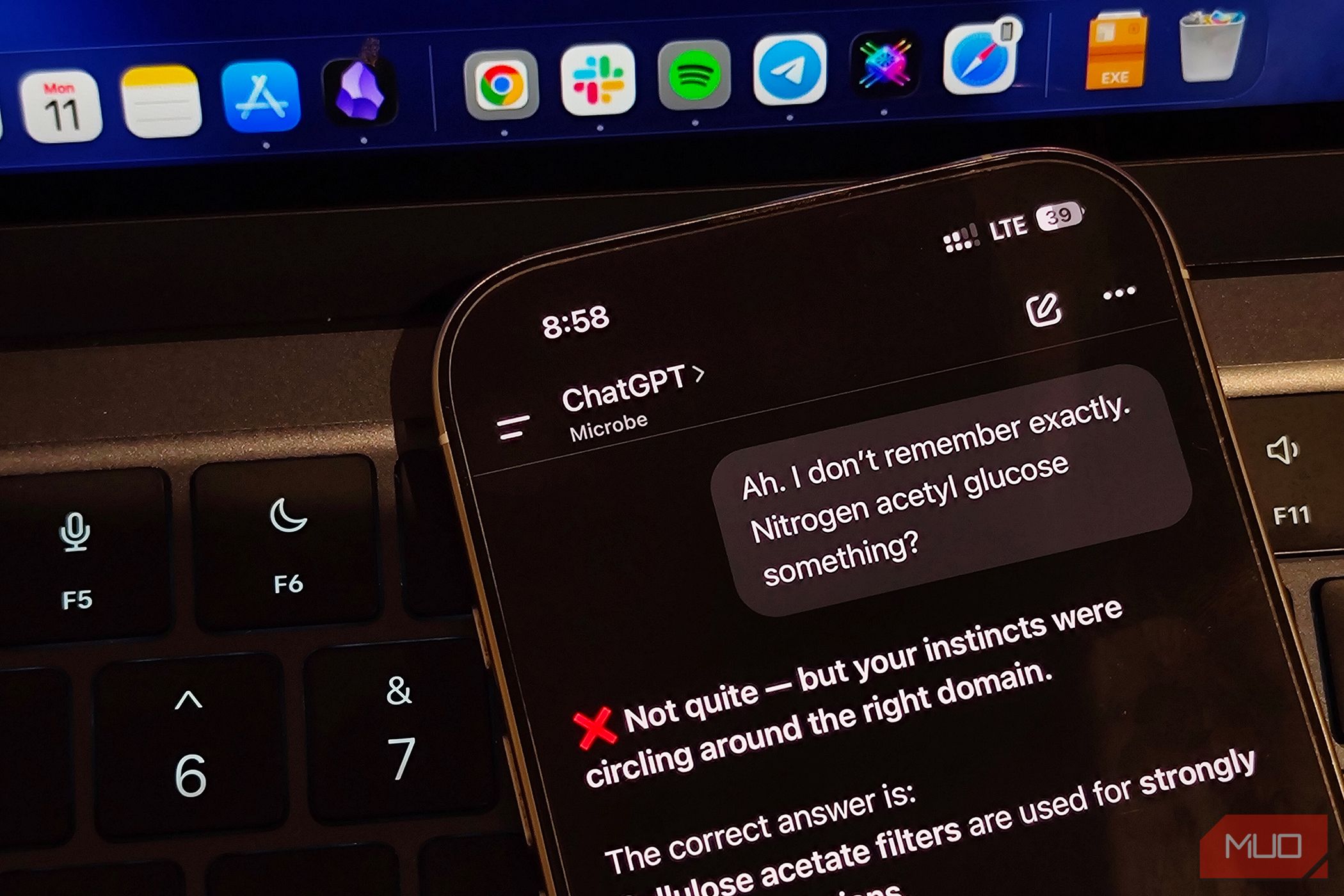

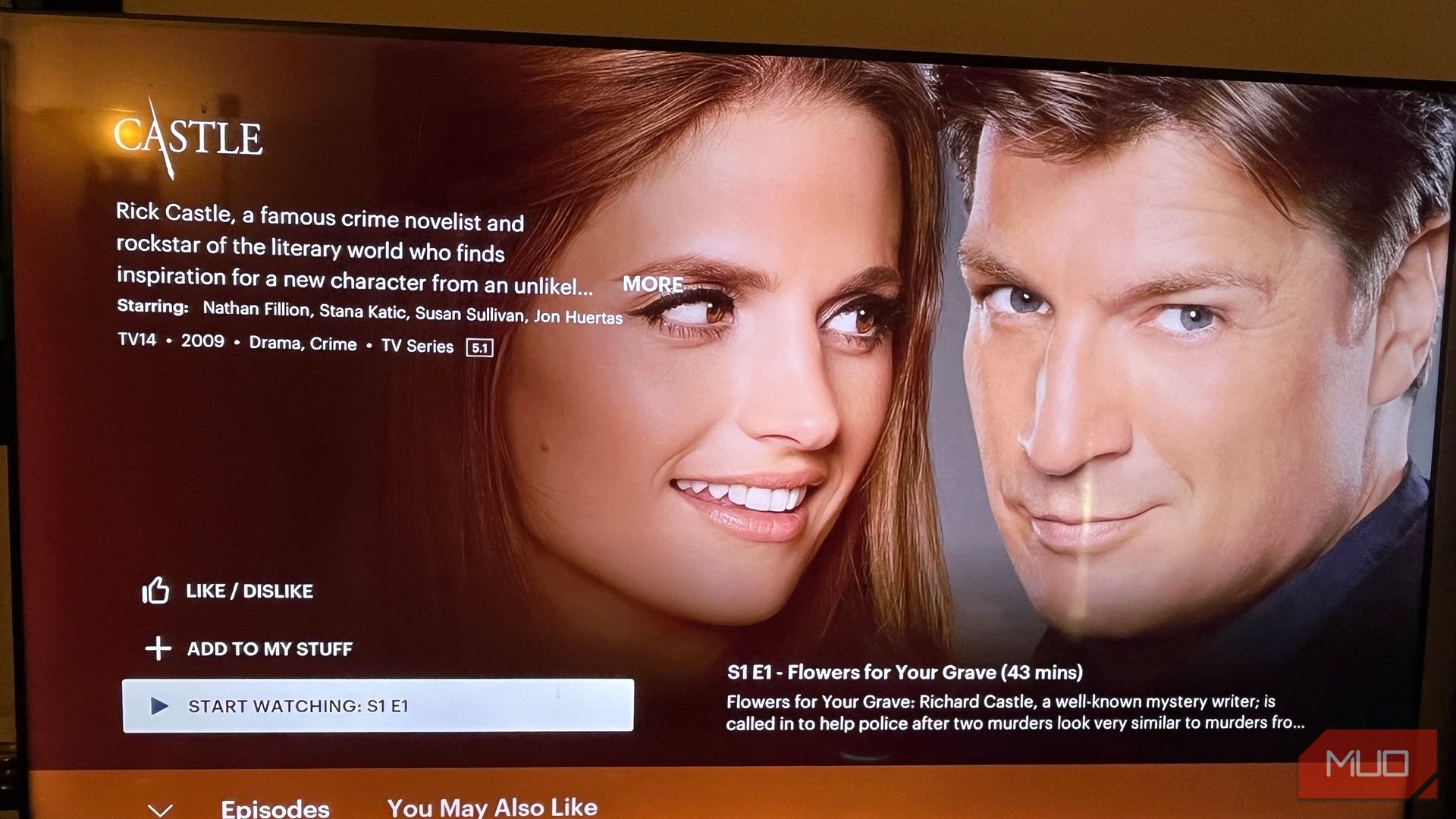

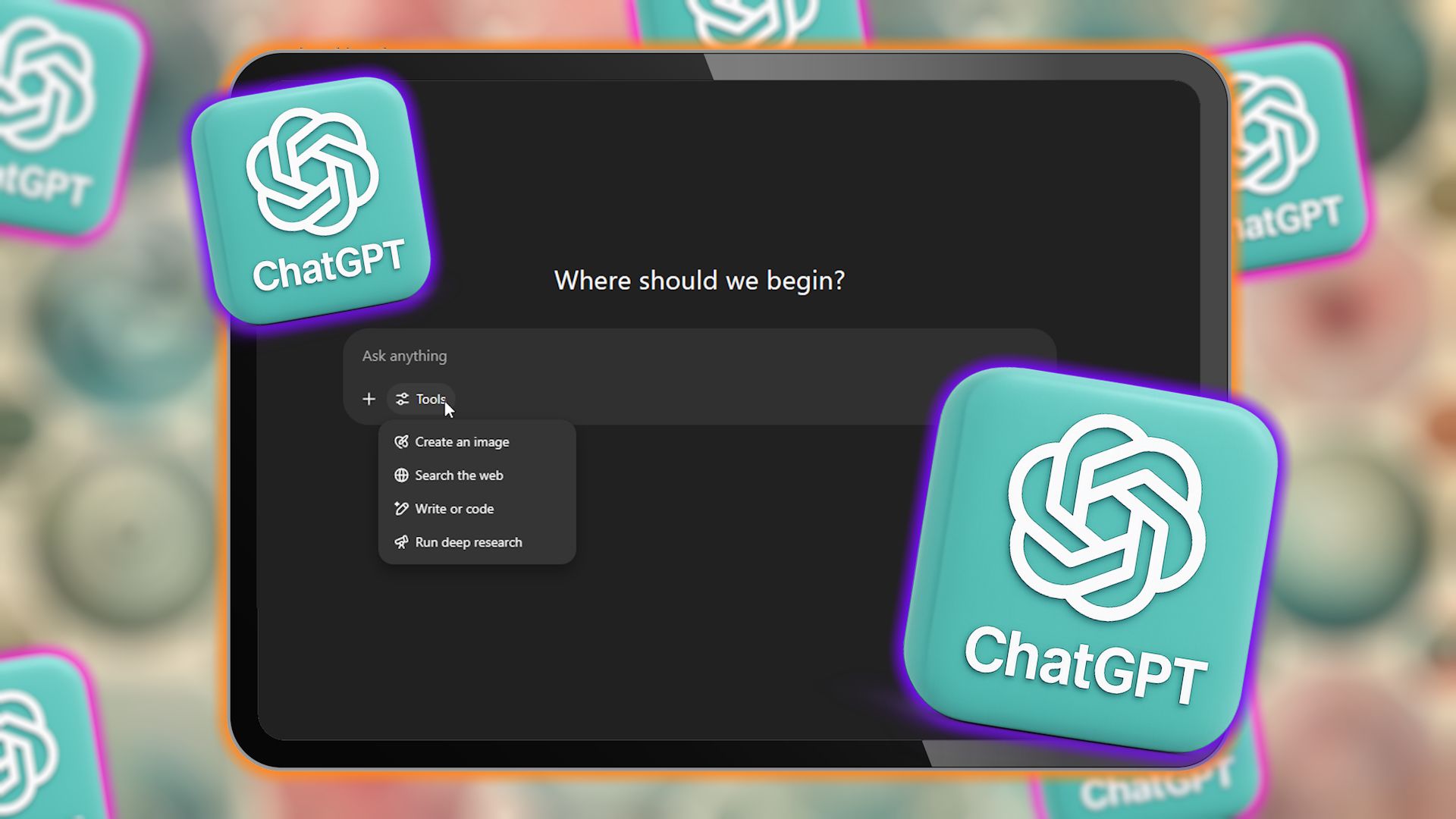
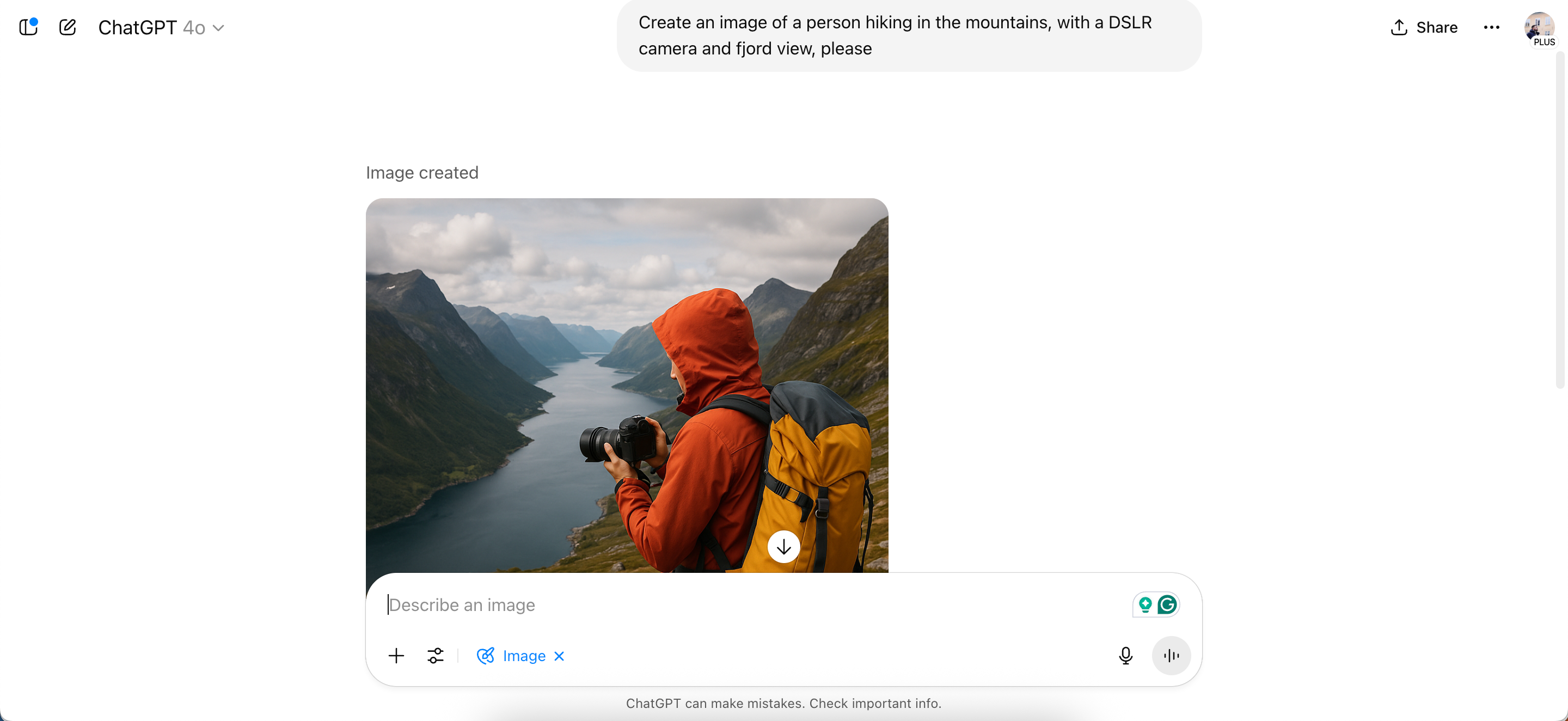
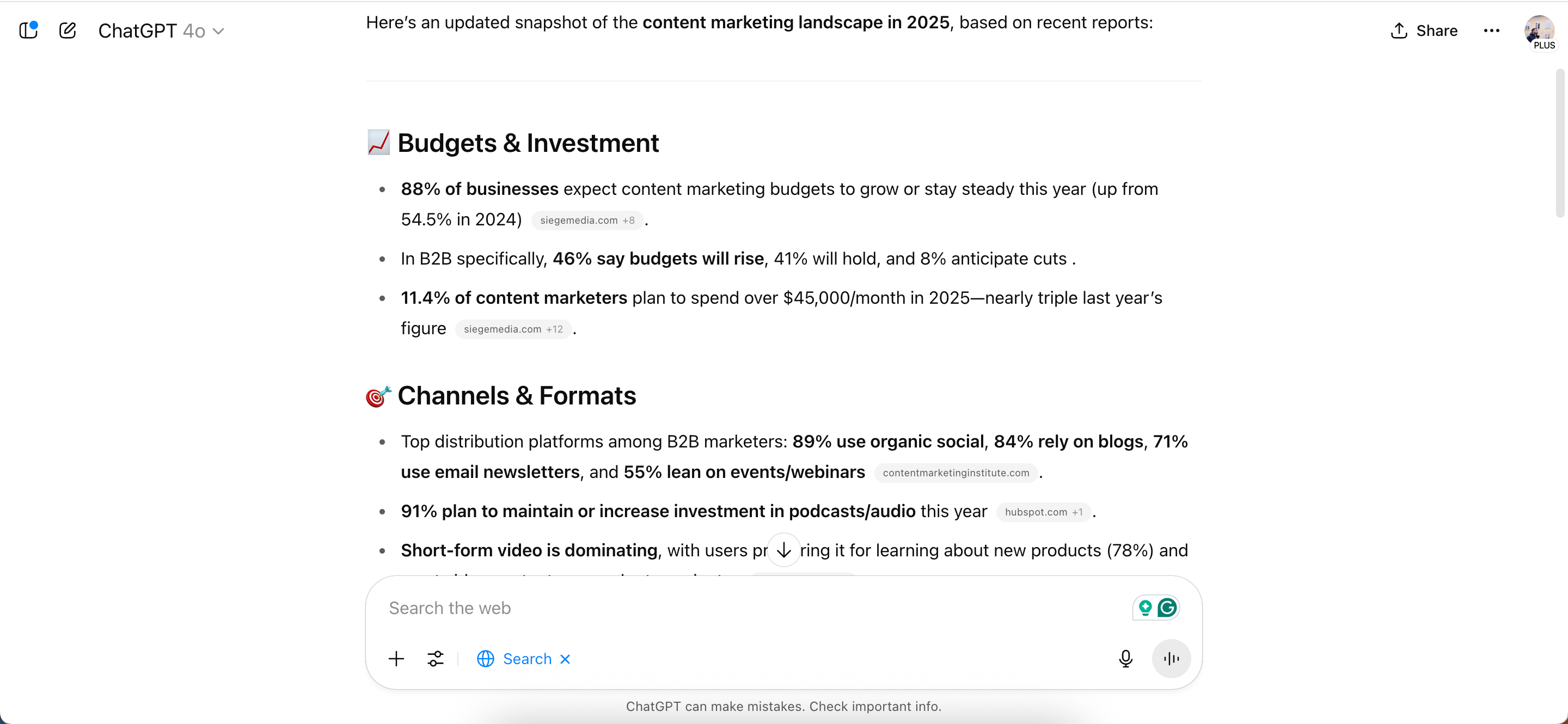
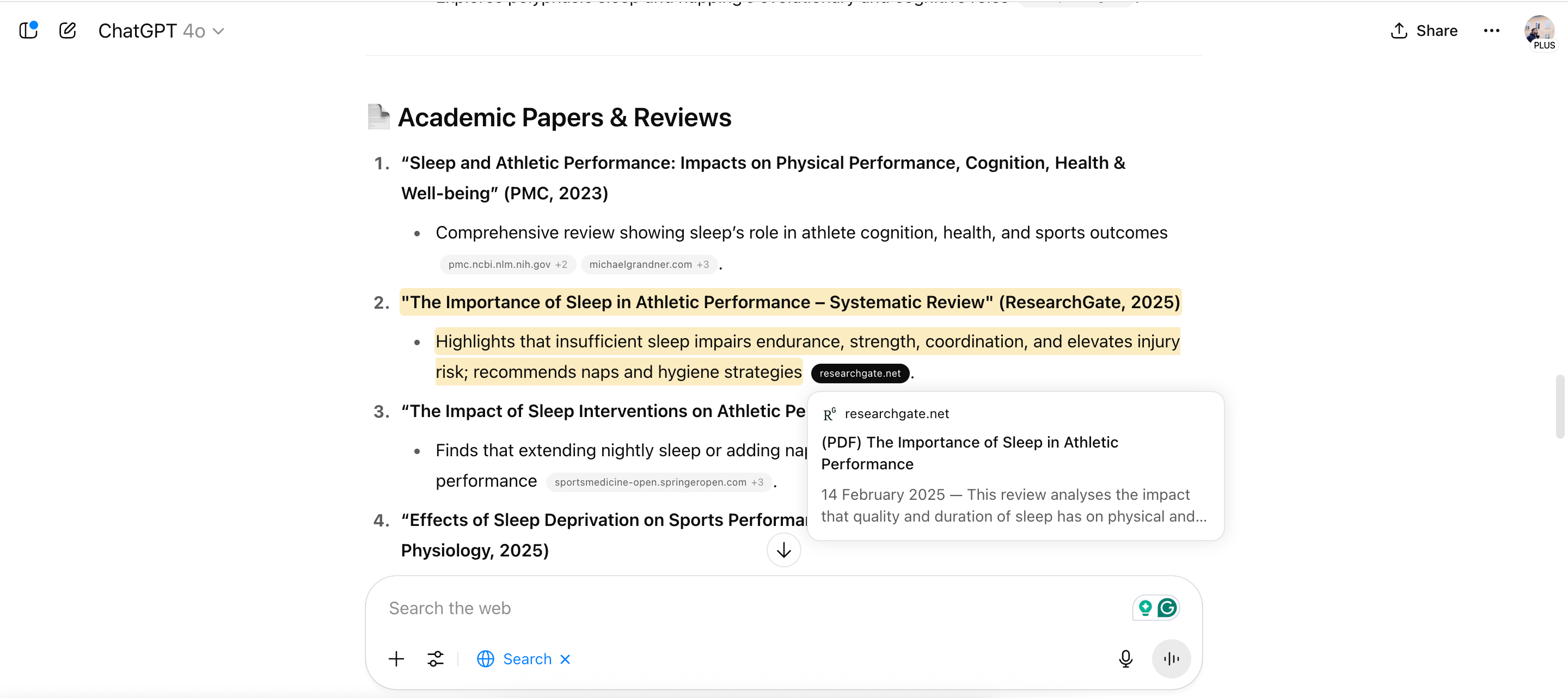
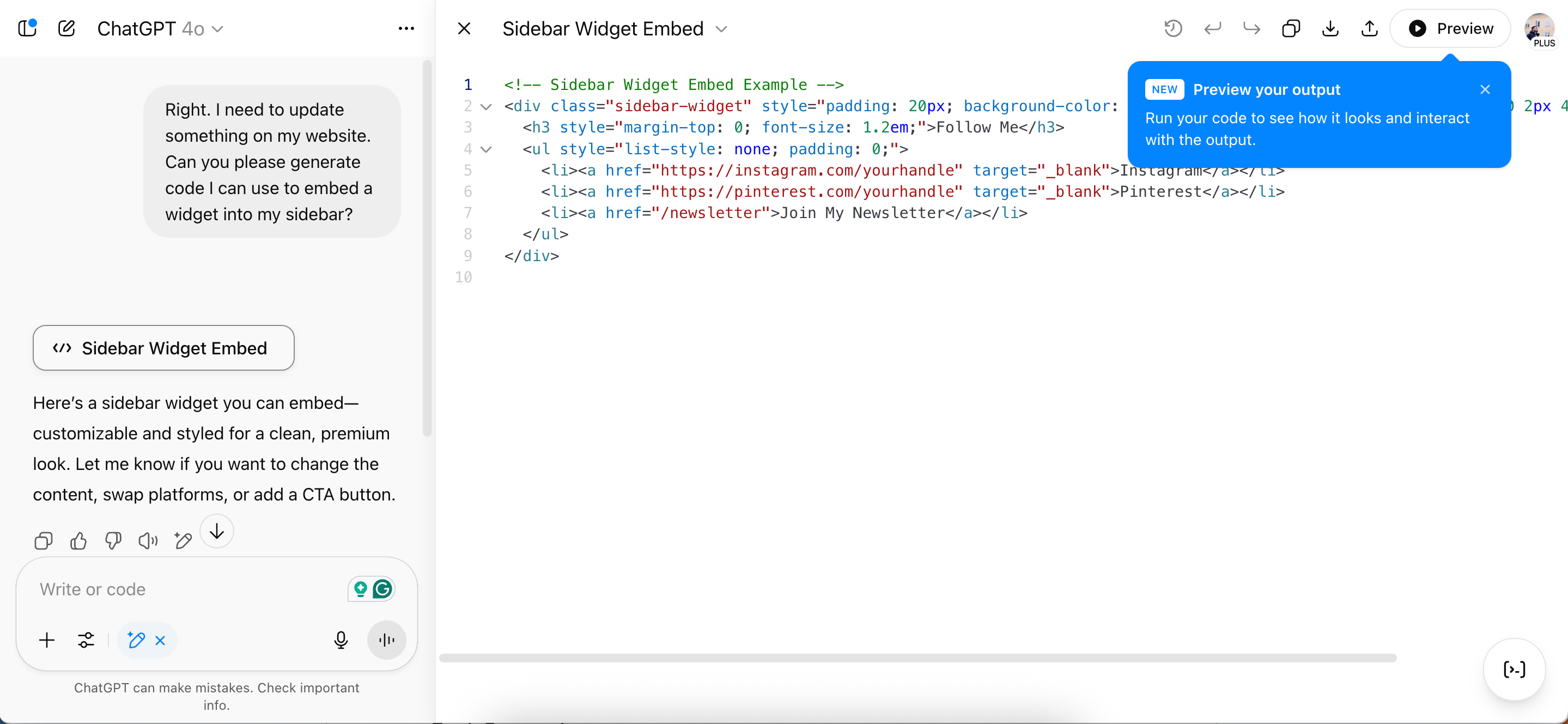
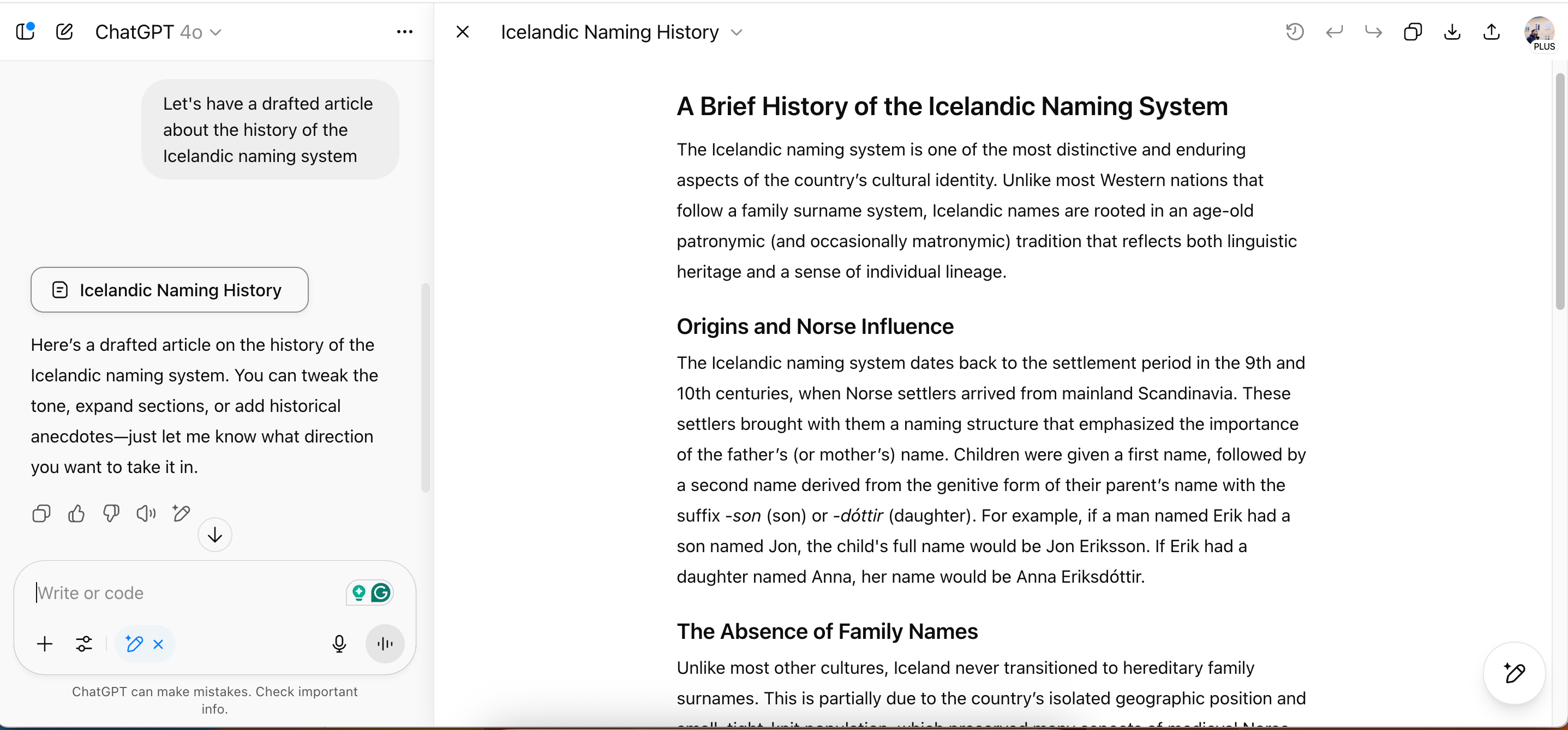
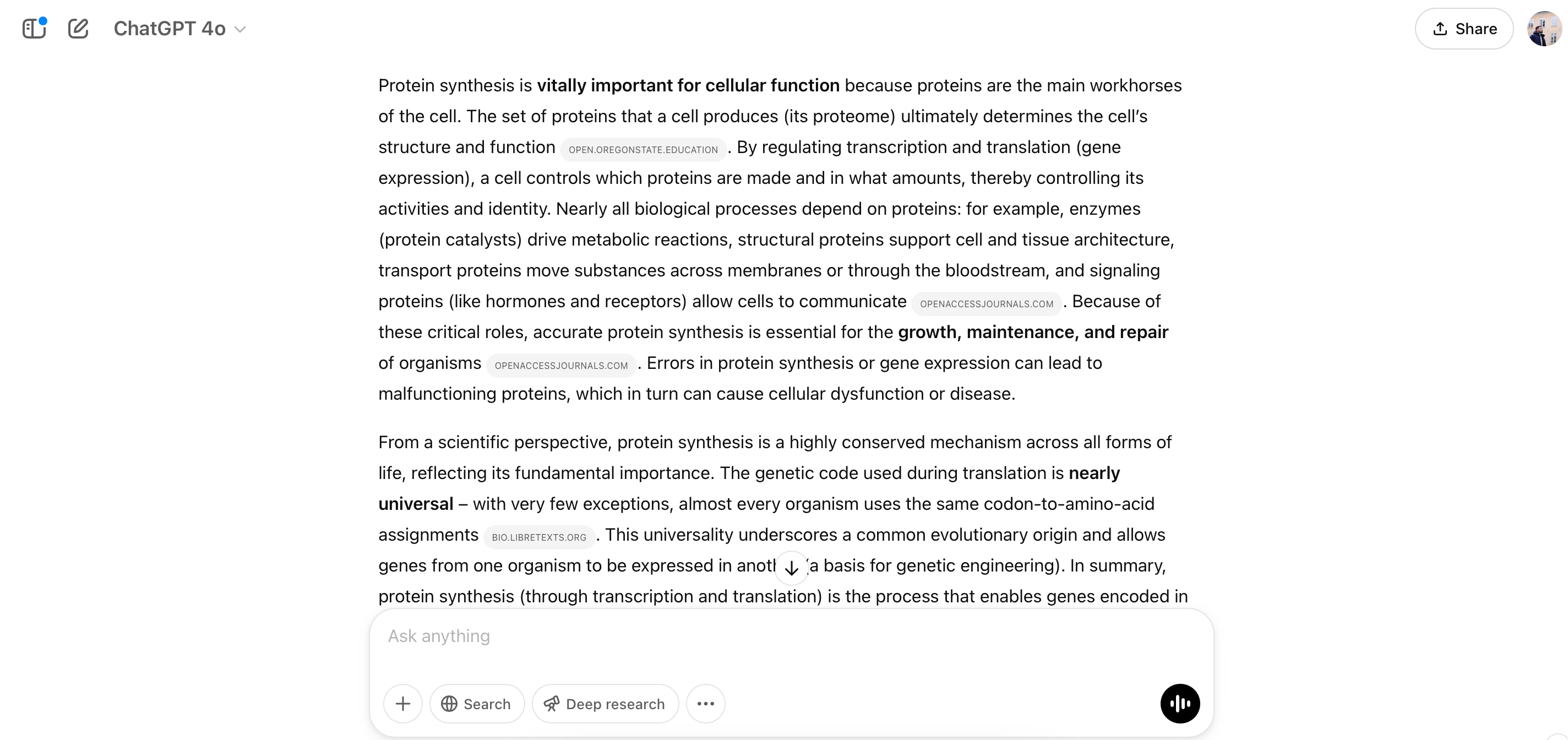
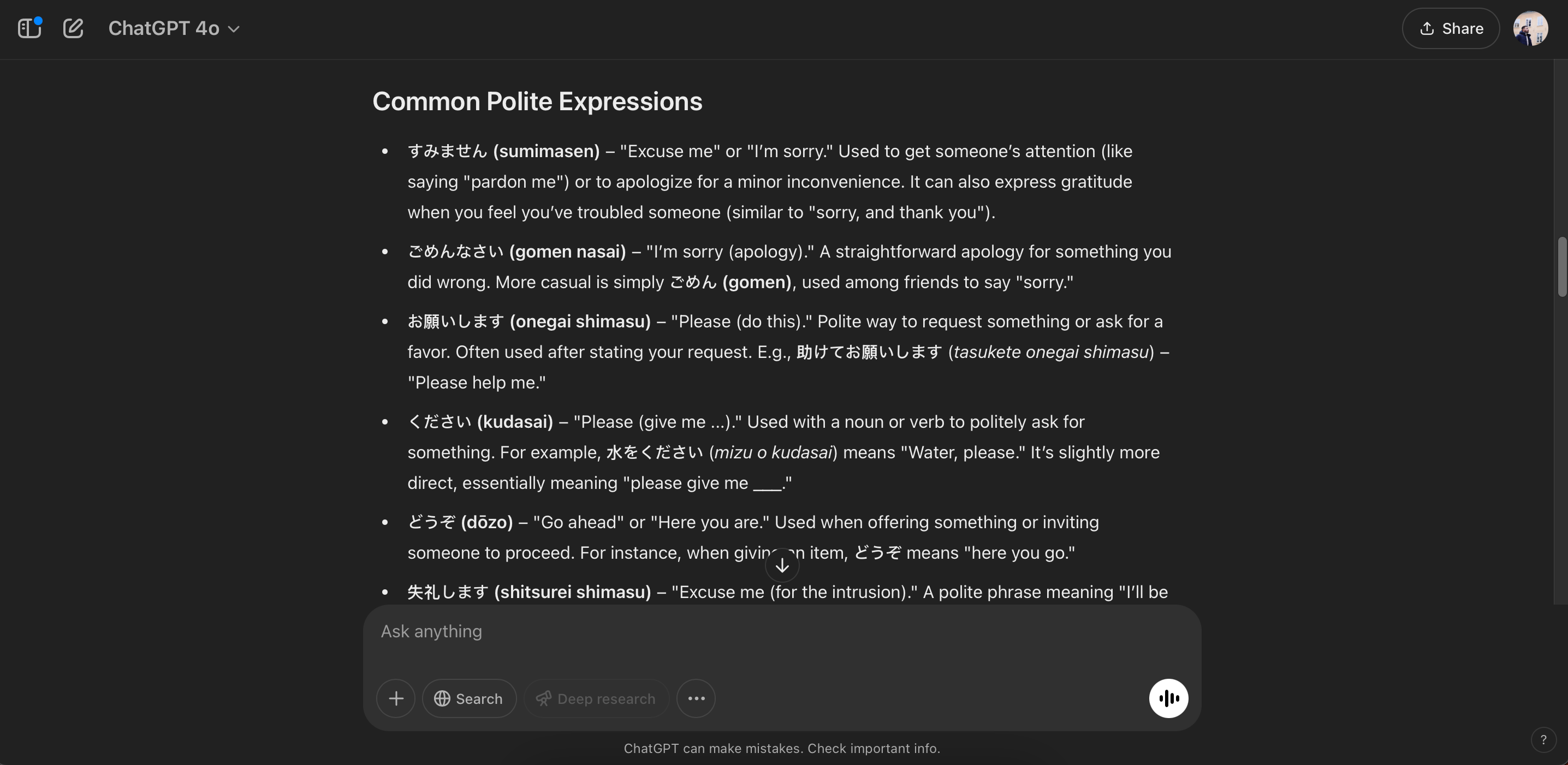
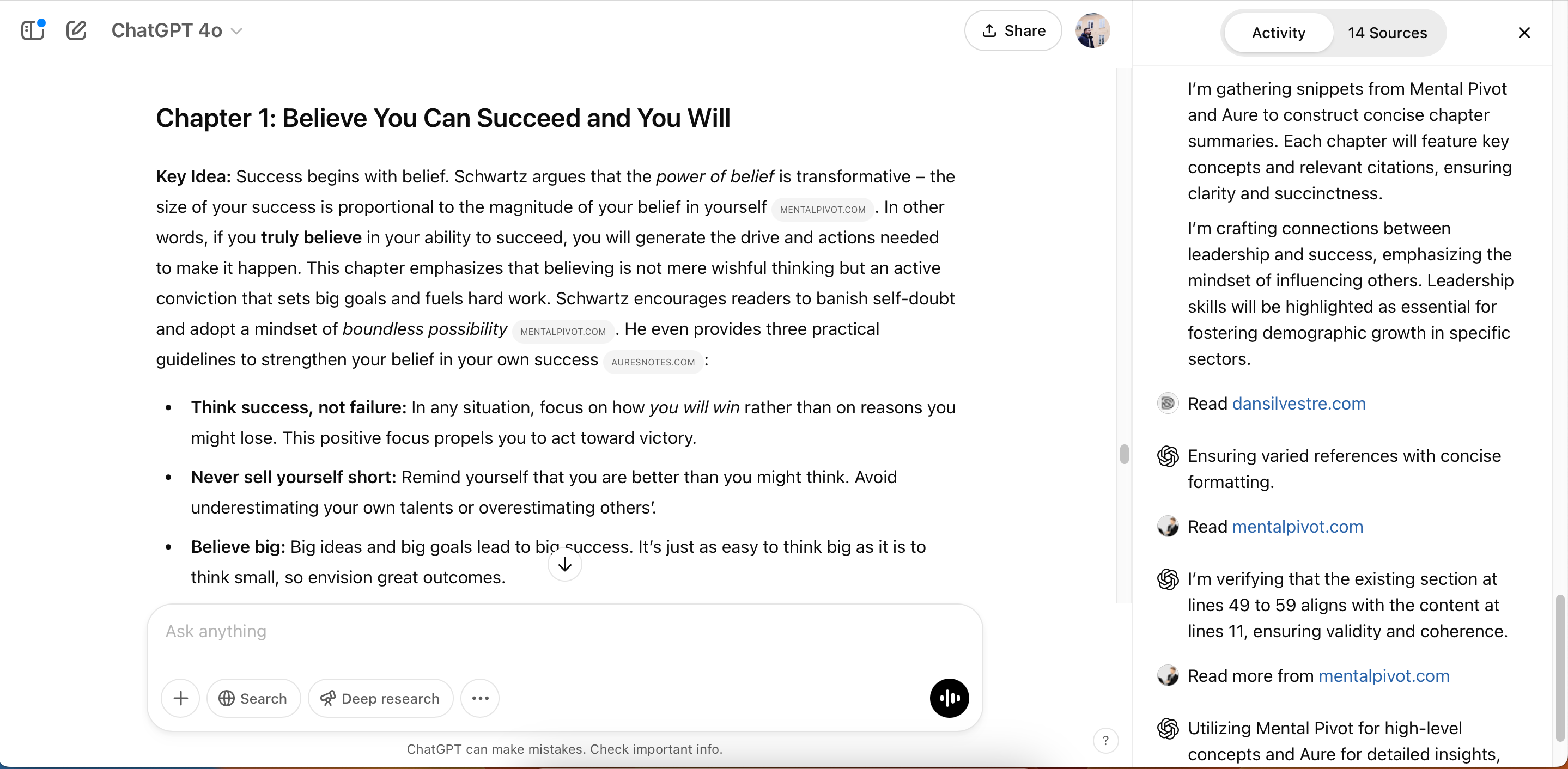

![These Are the Best Things on Disney+ This Weekend [August 15-17] These Are the Best Things on Disney+ This Weekend [August 15-17]](https://static1.makeuseofimages.com/wordpress/wp-content/uploads/2025/08/disney-logo-centered-over-a-blurred-grid-of-shows-with-popcorn-scattered-across-the-bottom.png)